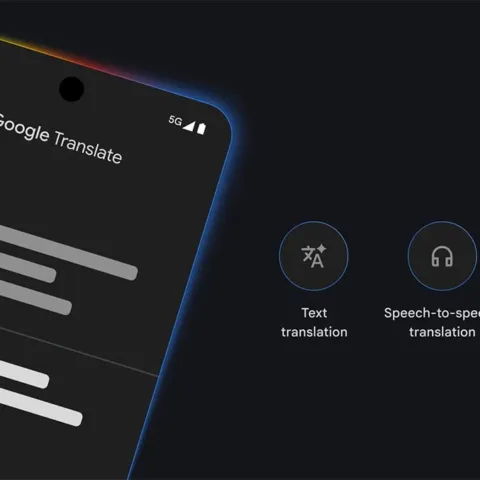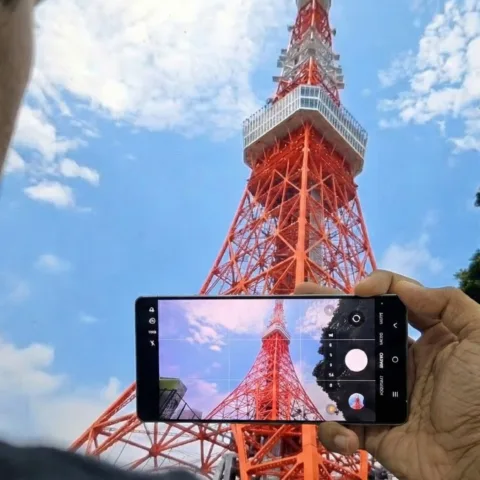
As we predicted months ago, the logistic infrastructure in Indonesia still cannot keep up with the vast growth of e-commerce services. It is the high shipping cost to rural areas that makes customers feel reluctant to shop online, Nielsen’s survey said. Hence, the O2O (Online-to-Offline) concept and the establishment of distribution centers in distant areas might just be the right solution to this.
The poor logistic infrastructure forces e-commerce players to ride of the flow. High shipping cost makes e-commerce services more costly. CNN Indonesia reported (8/3) that it could be the barrier to the e-commerce’s growth.
“Last year, the Nielsen Global Survey of E-Commerce showed that consumers were reluctant to shop online due to the expensive charges and poor logistic infrastructure in Indonesia,” commented IPMI International Business School’s economist M. Rifai Gani, as CNN Indonesia reported.
To deal with such situation, government’s support in pushing product marketing, both online and offline, for those SMEs, startups, and others to grow is a non-negotiable thing to pursue. Therefore, building a centre of distribution for SMEs could ease the urge.
That Indonesia being an archipelago complicates logistic industry in Indonesia to grow is truly correct. Establishing distribution centers outside Java would be very costly, but not a waste. The scheme is expected to reach many more customers in all parts of Indonesia much more equally.
Lazada, one of e-commerce giants in Indonesia, has decided to develop their own in-house delivery to overcome the problematic situation. So has Lippo Group’s MatahariMall. The team has allocated Rp 6 trillion in order to present on online shopping platform that is integrated to their logistic business line.
MatahariMall applies O2O (online-to-offline) system within its distribution. The concept allows consumers to purchase online to later redeem/exchange their ordered goods at Matahari stores all over Indonesia. This is similar to establishing a distribution centre for SMEs. Other e-commerce players adopt this concept by collaborating with minimart networks that have offline retailers in all parts of Indonesia.
The establishment of distribution centre and O2O offer a whole new opportunity for both industries to secure much better growth. At least it would reduce the distribution cost that customers bear. How will both methods benefit e-commerce industry? Let’s wait and see.










